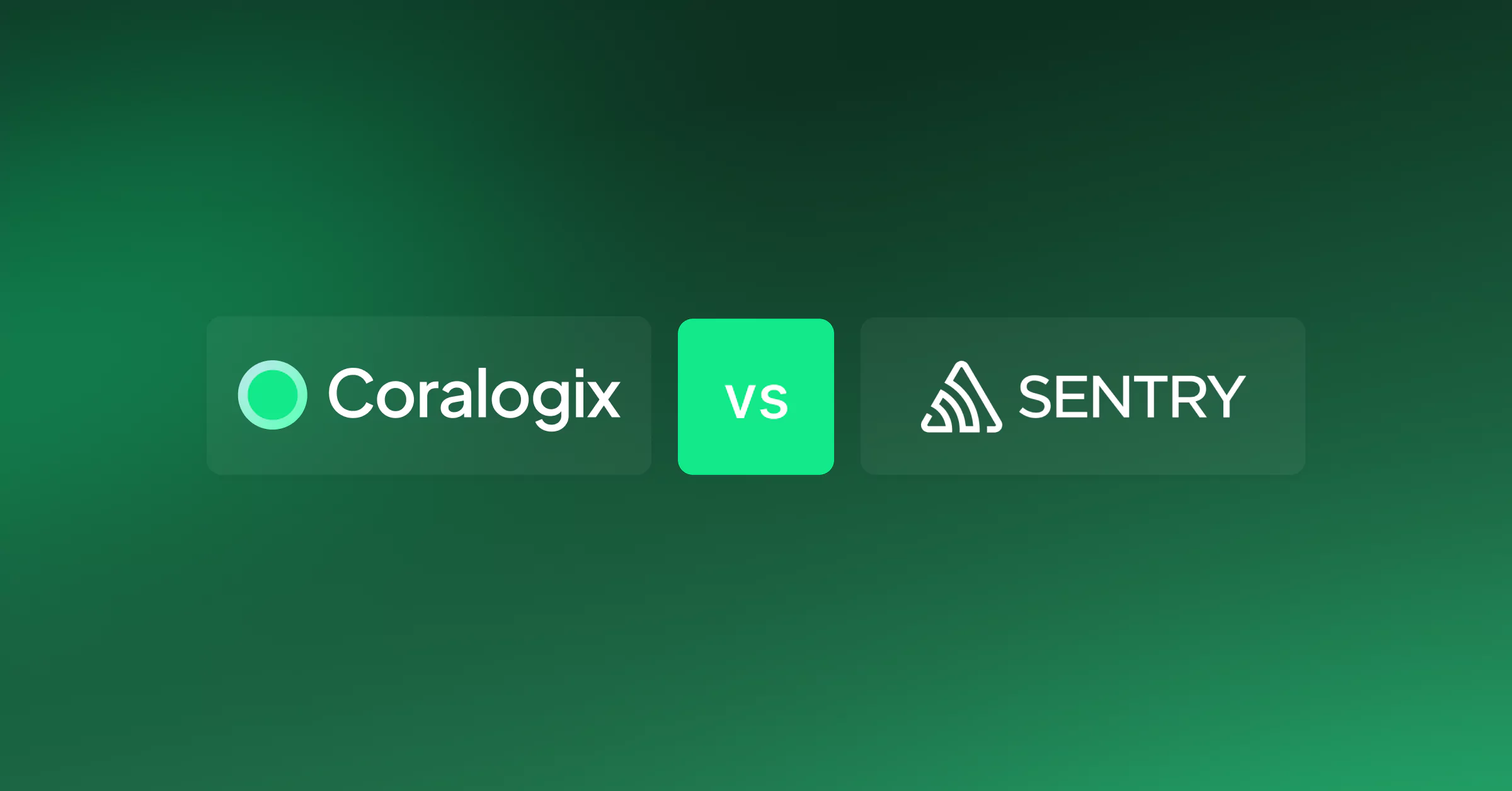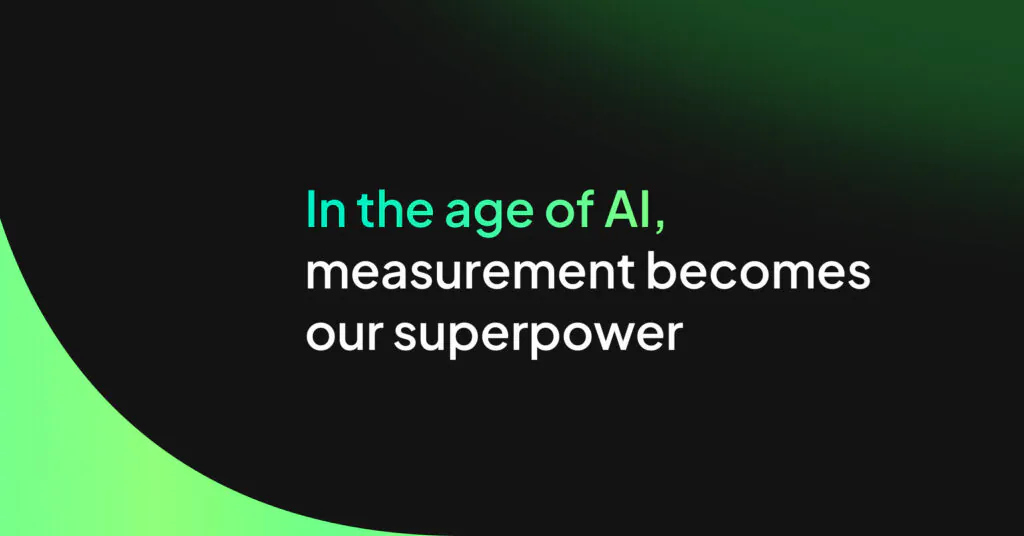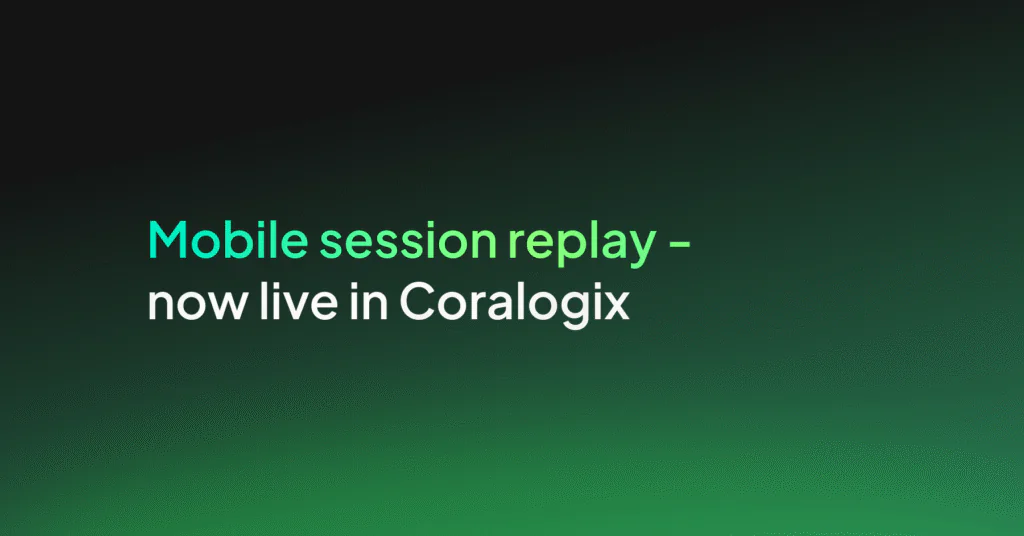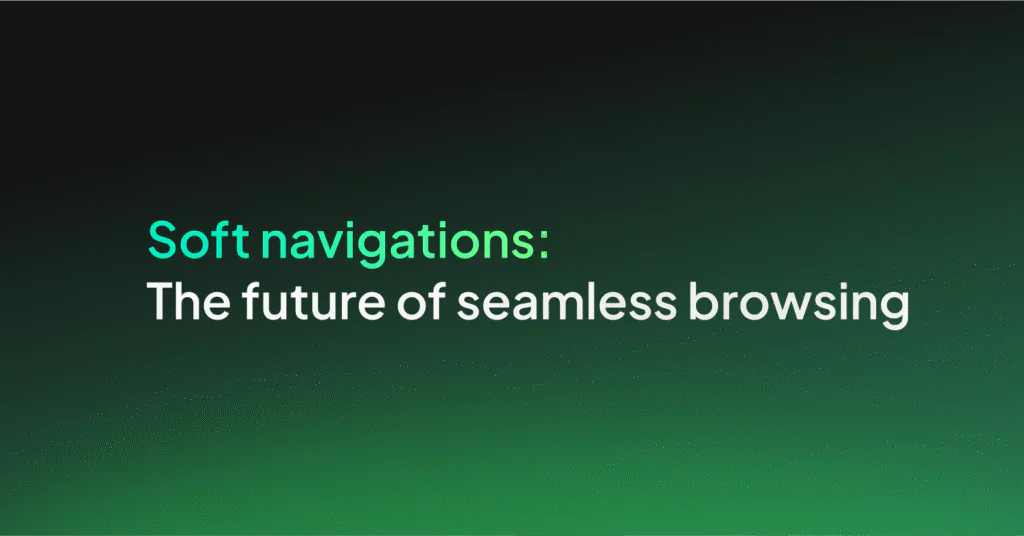Sentry vs Coralogix: Comparison of RUM capabilities, pricing & more

As Coralogix is a full-stack observability platform with log analytics, RUM, APM, SIEM and more, it’s hard to really compare it to Sentry’s very limited offering of error tracking and some other real user monitoring functionality. Sentry is also insanely expensive in comparison to Coralogix. Nonetheless, we shall attempt to assess how Sentry’s RUM offering stacks up.
Feature and Pricing Comparison: Coralogix vs Sentry
For a fair comparison, we will mainly focus on Coralogix’s RUM capabilities compared with Sentry’s overall platform capabilities.
| Feature | Coralogix | Sentry |
|---|---|---|
| Error Tracking | ✅ | ✅ |
| User Sessions | ✅ | ❌ |
| Session Replay | ✅ | ✅ |
| Core Web Vitals | ✅ | ❌ (Available at additional cost) |
| Custom Alerts | ✅ | ✅ |
| Trace View | ✅ | ❌ |
| Logs | ✅ | ❌ |
| Remote Archiving | ✅ | ❌ |
| Archive Querying | ✅ | ❌ |
| APM | ✅ | ❌ (Available at additional cost) |
| Pricing Model | ✅ Simple (Based on data ingestion volumes) | ❌ Complex (Based on errors, transactions and session replay counts) |
| Zero Additional Costs | ✅ | ❌ Extra charge per user seat |
| 24/7 Support | ✅ | ❌ |
| Compliance Certifications | ✅ Comprehensive (SOC 2 Type 2, PCI-DSS, HIPAA, ISO/IEC 27001, ISO 27701, GDPR, FedRAMP Moderate) | ❌ Basic (SOC 2 Type 2, HIPAA, ISO/IEC 27001, GDPR) |
RUM feature comparison
Both Coralogix and Sentry offer RUM capabilities that include error monitoring, user session tracking and performance monitoring of core web vitals. However, there are significant differences in what these include for each vendor.
No log correlation with frontend errors at Sentry
Both Sentry and Coralogix offer error tracking. However, Sentry doesn’t offer any log ingestion or log monitoring, which means Sentry users lack the ability to correlate or visualize events that may be related to the frontend errors captured. Coralogix, on the other hand, offers one of the most robust logging platforms available, allowing for a fully integrated view of front-end errors and related logs.
Another major drawback of Sentry is its inability to drill down into an error and see a trace view of a request as it travels from the front end to the back end. This critical capability for troubleshooting and understanding your application flow is available in Coralogix, creating a massive value-add for customers.
User Sessions don’t exist at Sentry
While Coralogix offers both user sessions and session replay, Sentry only offers session replay.
Core Web Vitals cost extra at Sentry
Both Sentry and Coralogix help zero in on core web vitals issues like load time and visual stability that directly impact user experience. However, Sentry only offers this at an extra cost. Additionally, many rich features, such as granular insights of issues at the URL level and drill down to the specific elements or objects that affect web performance for users, are only available at Coralogix.
Pricing: Make sure you are sitting down
Though Coralogix and Sentry may have some comparable features for RUM (although don’t forget Coralogix offers log monitoring, SIEM, APM and much more all in one place), when it comes to pricing, Coralogix crushes Sentry with its straightforward and cost-effective pricing, thanks to its proprietary Streama© technology that eliminates reliance on indexing or hot storage.
For example, as per Sentry’s pricing calculator, 500k errors will cost you $103, whereas, with Coralogix, it’s just $1.15 for 650k errors.
While Coralogix charges only for the data ingested (cost/GB), Sentry has complex pricing based on the number of errors, performance events, session replay, attachments and enrichments. In addition, Sentry has costs attached to user seats and add-on products like Code Coverage. These differences make Sentry much more expensive than Coralogix without offering any real advantages.
Logs, APM and Indexing
While Sentry’s sole offerings revolve around Real User Monitoring (RUM), Coralogix has a lot more to offer on its full-stack observability platform. Logs, metrics, tracing and security data can be observed at scale for comprehensive visibility into your cloud infrastructure. The platform also comes with APM features at no additional cost, unlike Sentry, which offers APM as an opt-in feature.
Moreover, Coralogix stands apart from all other monitoring platforms because its unique data streaming pipeline analyzes all operational and security events in real-time, providing long-term trend analysis without requiring expensive indexing and hot storage. This unique feature also makes Coralogix easier on the pocket when compared to Sentry, as illustrated above.
Security and compliance
Coralogix also offers SIEM, CSPM and XDR solutions for developers to stay on top of their cybersecurity game. Sentry doesn’t have any cybersecurity offerings on its platform. Coralogix also has a wider range of compliance certifications than Sentry.
Sentry has limited data residency and is allowing its customers to host their data within the EU, based on a waitlist allocation. Thus many of its European customers are sending their data to US data centers against the GDPR norms.
Help is always available
Coralogix provides global, 24/7 support at no extra cost, with a remarkable 15-second median response time and 43-minute median resolution time. In comparison, Sentry doesn’t guarantee 24/7 support for its customers. Coralogix’s around-the-clock availability and faster response times ensure prompt and efficient problem-solving, significantly outpacing the competition and minimizing business downtime.
All in all…
Both Sentry and Coralogix offer capabilities for Real User Monitoring (RUM), enabling developers to monitor web and mobile app performance. They provide features like error tracking, user session replays, and performance monitoring of core web vitals. However, Coralogix stands out with its far richer capabilities and as a more economical and scalable option, owing to its unique architecture and simpler pricing model.




